January 26 - February 1, 2020: Issue 435
Summer In Pittwater: January 2020 Celebrations
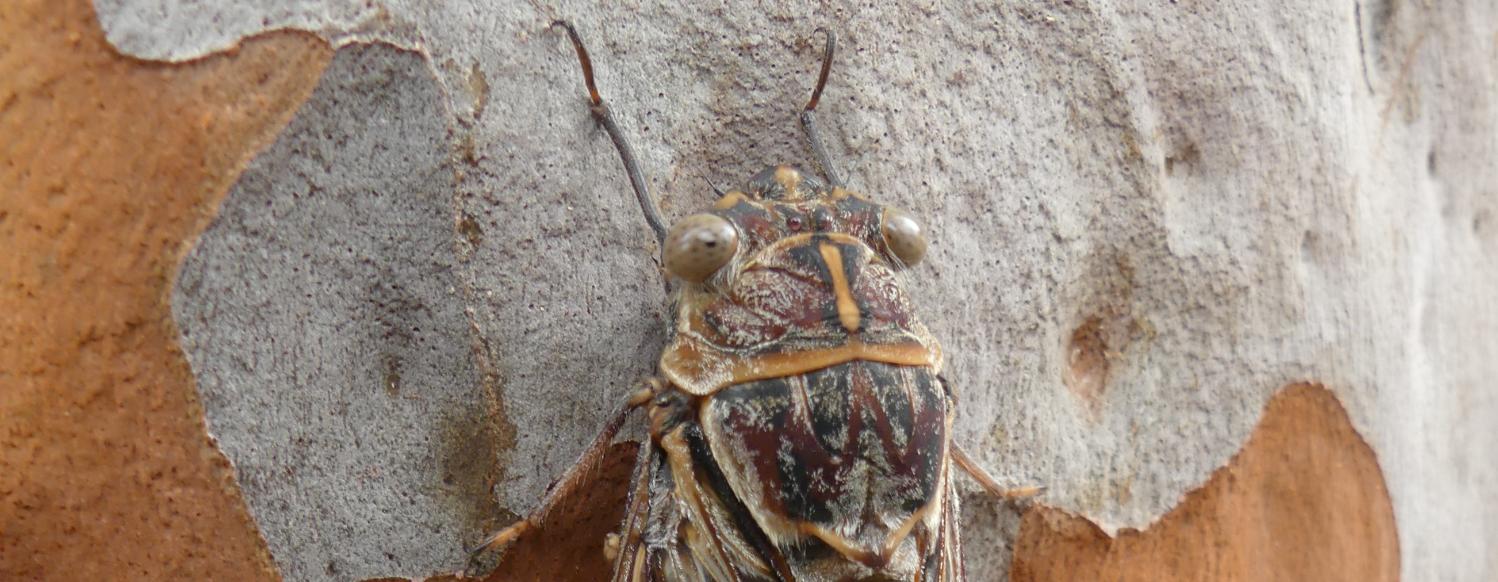
A cicada on a Sydney Red Gum in Elanora - what could be more Pittwater in Summer than that? Photo by Pittwater Natural Heritage Association (PNHA)
PNHA Activities for 2020, on Fridays and Sundays. The first is on Friday February 21, 2020. Free guided Irrawong Waterfall Track walk. Booking through Eventbrite
Free guided Irrawong Waterfall Track bird and plant walk on Sunday February 23rd, 2020. Booking through Eventbrite.
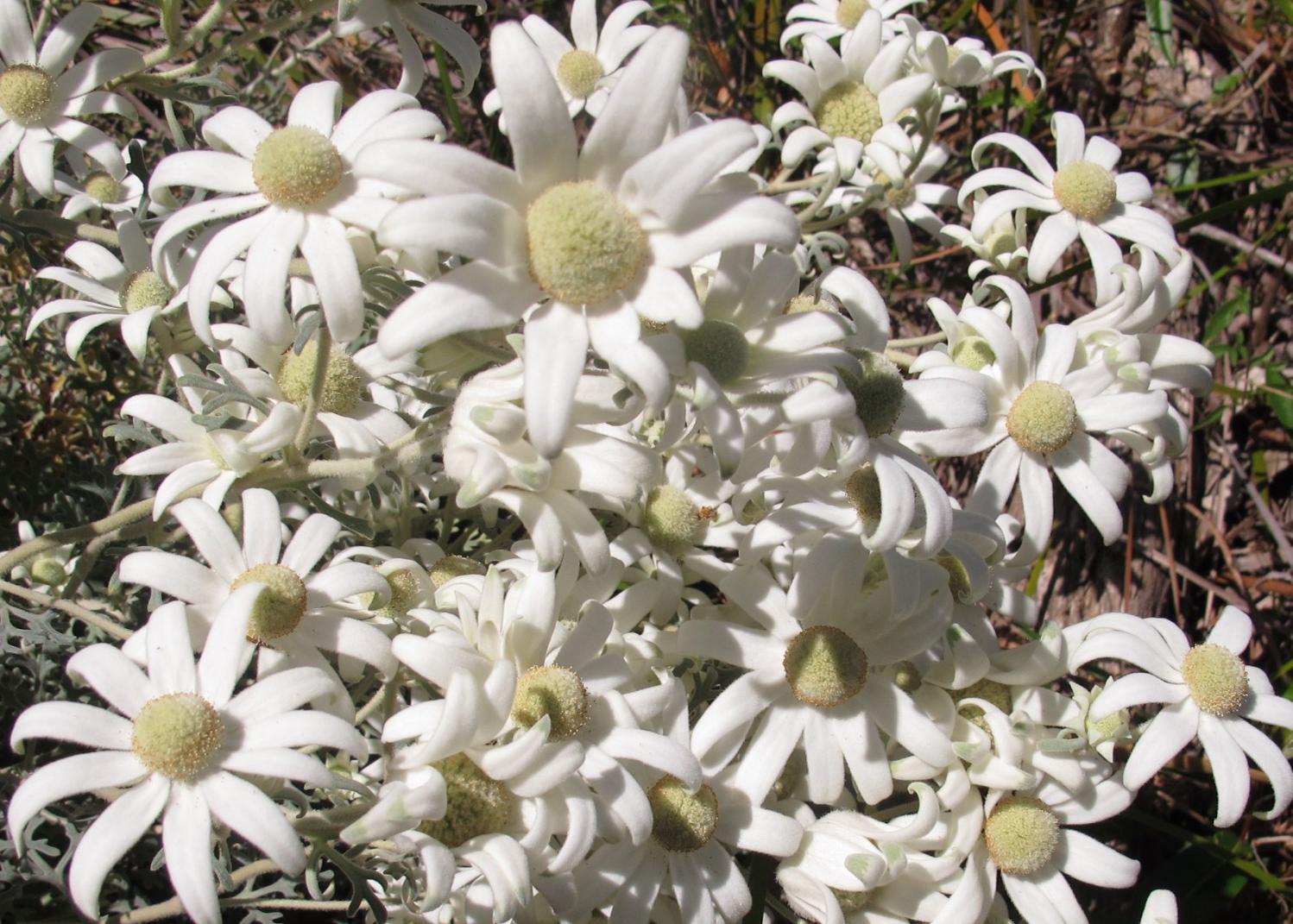
Flannel Flowers - December, 2019 - photo by PNHA
More Summer Bugs
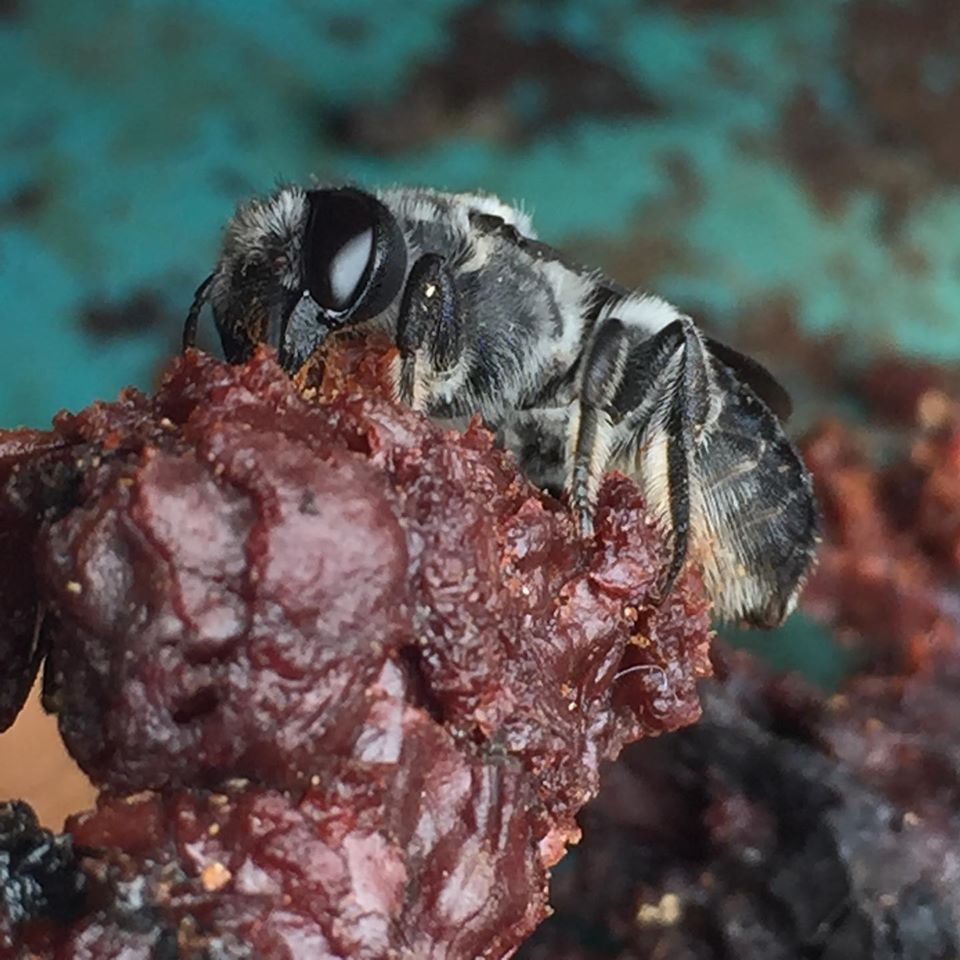
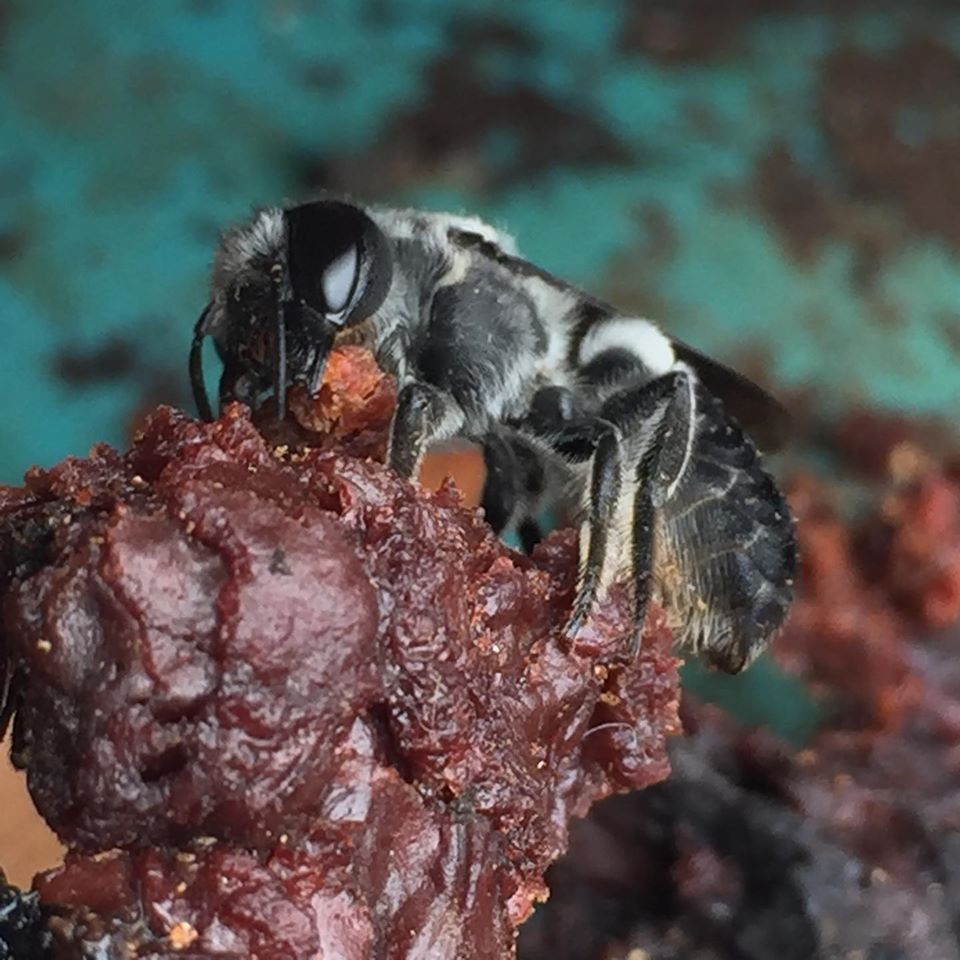
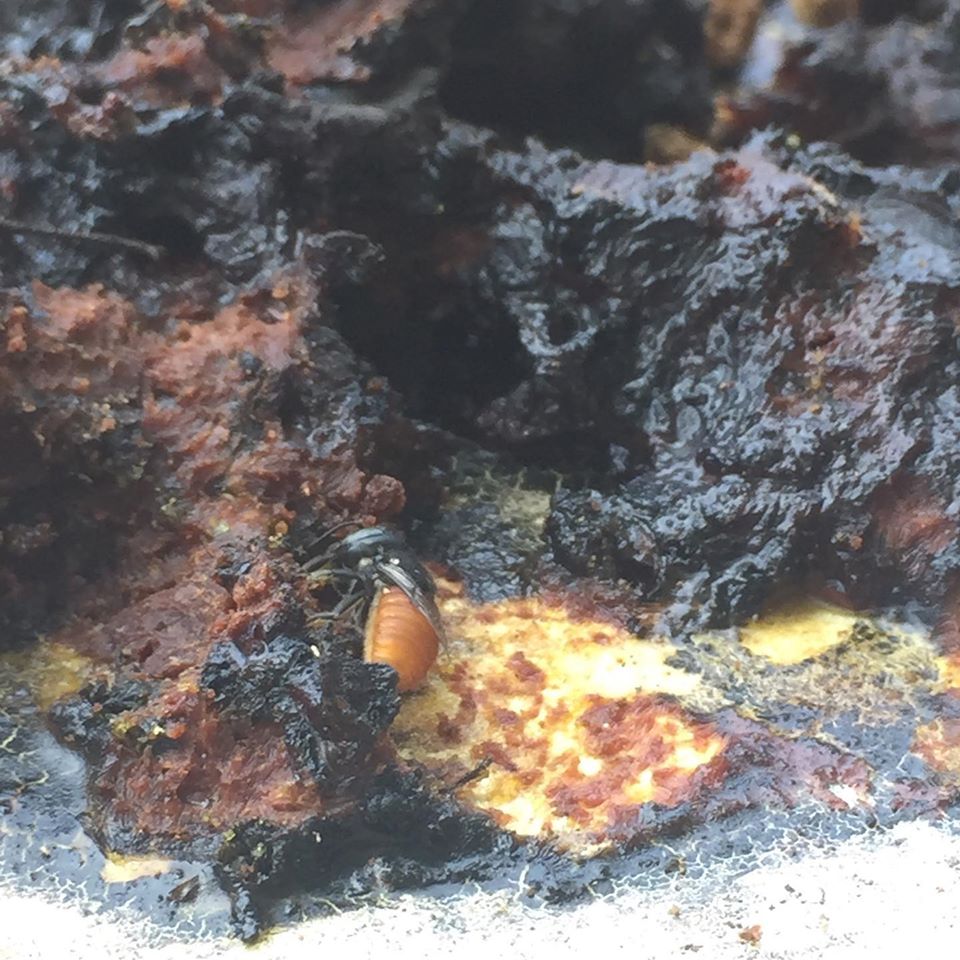
Selena Griffith - January 24, 2020: Cool to find out these bees I’ve recently discovered in my yard are Resin Bees. Photographed at Elanora Heights by Selena.
Australian Resin Bees (Megachile) - are now in genus Megachile, but used to be classified in genus Chalicodoma. They belong to family Megachilidae and are found Australia-wide. Most Resin Bees build nests in narrow holes in timber but they may also use narrow crevices in other materials. The scientific name Megachilidae refers to the genus Megachile, translating roughly as large lipped (Ancient Greek mégas, "big") + kheîlos, "lip"); their "large lips" and strong jaws are well-suited for collection of nest building materials.
The Australian Museum tells us that 'the Greengrocer cicada is probably the most commonly encountered in the Sydney area. The two common names of Greengrocer and Yellow Monday refer to different colour forms of the same species. The origin of the names is unclear but they are known to have been in use as early as 1896. Other names for different colour forms include Chocolate Soldier (dark tan form) and Blue Moon (turquoise form).
Dusk is the usual time to hear the male Greengrocers calling for females, but they also sing in the morning on warm days. The harsh song may be continuous or delivered in short bursts, and can be extremely loud and penetrating.
Adult Greengrocer cicadas live for around six weeks. Females deposit eggs into dead or dying branches of a food plant. The eggs hatch after about four months into spidery-looking, long-legged nymphs that burrow into the soil. Here they suck sap out of plant roots and grow for up to seven years, emerging as adults between September and November on warm nights often following rain.'
We have also had a large and loud symphony coming from all the Black Prince Cicadas (Psaltoda plaga) in the Spotted Gums around our home these past two Summer months. Matilda, our dog, loves chasing them and we have to get them off her before she bites them! This can be a little difficult when they fly in through open windows at night as she will catch them then run as we try to catch her and save them - she is pretty fast and loves playing chasings - naughty puppy!
.jpg?timestamp=1579897541892)
The black prince was originally described by German naturalist Ernst Friedrich Germar in 1834 as Cicada argentata, the species name derived from the Latin argentum "silver". Swedish entomologist Carl Stål defined the new genus Psaltoda in 1861 with three species, including the black prince as Psaltoda argentata. Francis Walker described Cicada plaga in 1850 as well as querying further specimens as Cicada argentata. He noted in 1858 that the binomial Cicada argentata had been used by a European species, and declared that Germar's cicada needed a new name. The name black prince was in popular use by 1923. It was reported by McKeown in 1942 as referring to a dark form of the green grocer (Cyclochila australasiae forma spreta), but was later linked to Psaltoda plaga.
Photographs by A J Guesdon, late December 2019 and January 2020
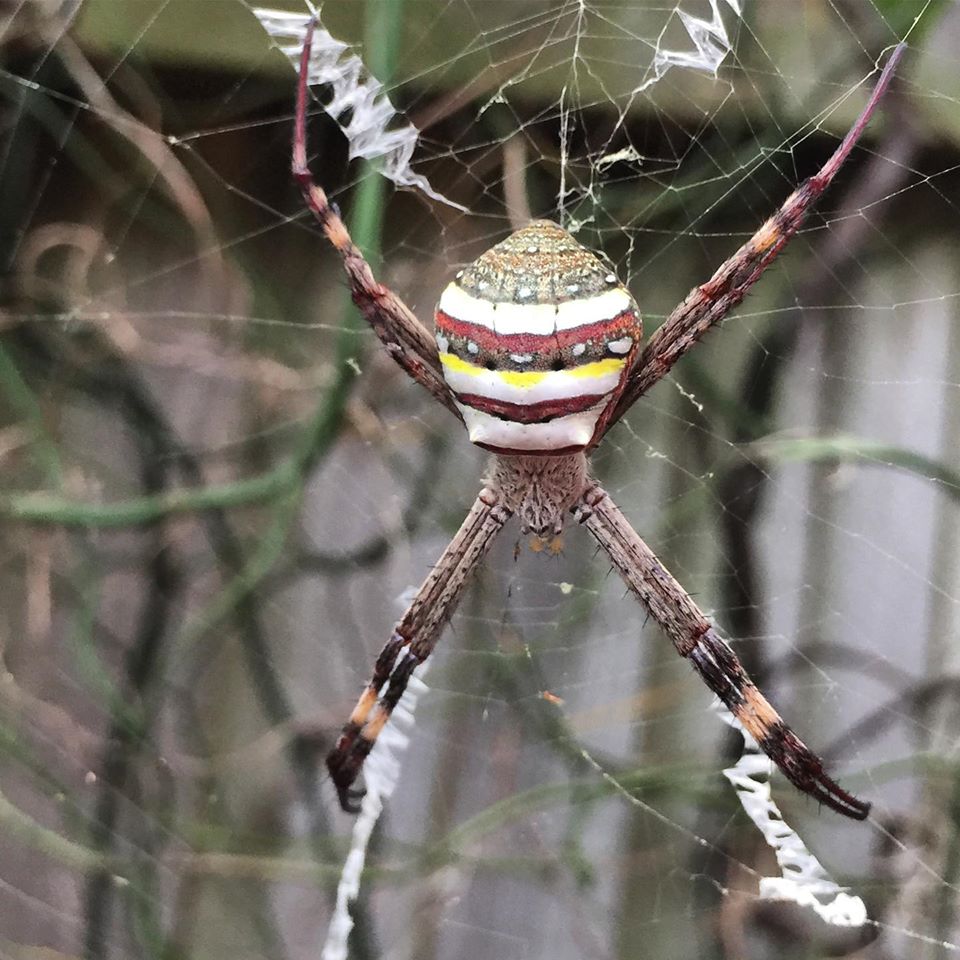
This is a St. Andrews Cross Spider (Argiope keyserlingi) and a common species of orb-web spider found on the east coast of Australia, from central New South Wales to southern Queensland. The X shape is called the St. Andrew’s cross because it is believed that the saint was martyred on a cross of this shape rather than the conventional cross shape.
St. Andrew’s Cross Spiders are named for their bright web decorations. They have zigzag ribbons of bluish-white silk that form a full or partial cross through the centre of the orb web. Females have a silvery carapace and a silver, yellow, red and black banded upper abdomen with two longitudinal yellow stripes below. The St. Andrew’s Cross Spider sits with the legs in pairs. The brown and cream coloured males are smaller than females. The body length of the male measures around 3 – 4 millimetres while the females are larger at 10 – 16 millimetres.
Like many other spiders, only the female St. Andrews Cross spider builds the 'orb' webs. These orb webs are 38 – 50 millimetres wide and contain only 2 stabilimentum (conspicuous silk structures). Argiope versicolor, which is found inland, makes the ‘full’ cross with 4 stabilimentum. The zigzag lines of their webs match their leg positions, which lead some people to suggest that this helps give the appearance of longer legs. Some spiders build a single vertical line, yet others a patch of zigzags in the centre of the web. No matter what the design is, this spider sits right in the middle of the web at all times.
Mating occurs in summer-autumn The male spider is much smaller than the female and unassumingly marked. When it is time to mate, he spins a companion web alongside the females. After mating, the female lays her eggs, placing her egg sac into the web. The sac contains between 400 and 1,400 eggs. These eggs hatch in autumn, however, the spiderlings overwinter in the sac and emerge during the spring. The egg sac is composed of multiple layers of silk and designed to protect its contents from damage; however, many species of insects have been observed to parasite the egg sacs. - Info from Wikipedia
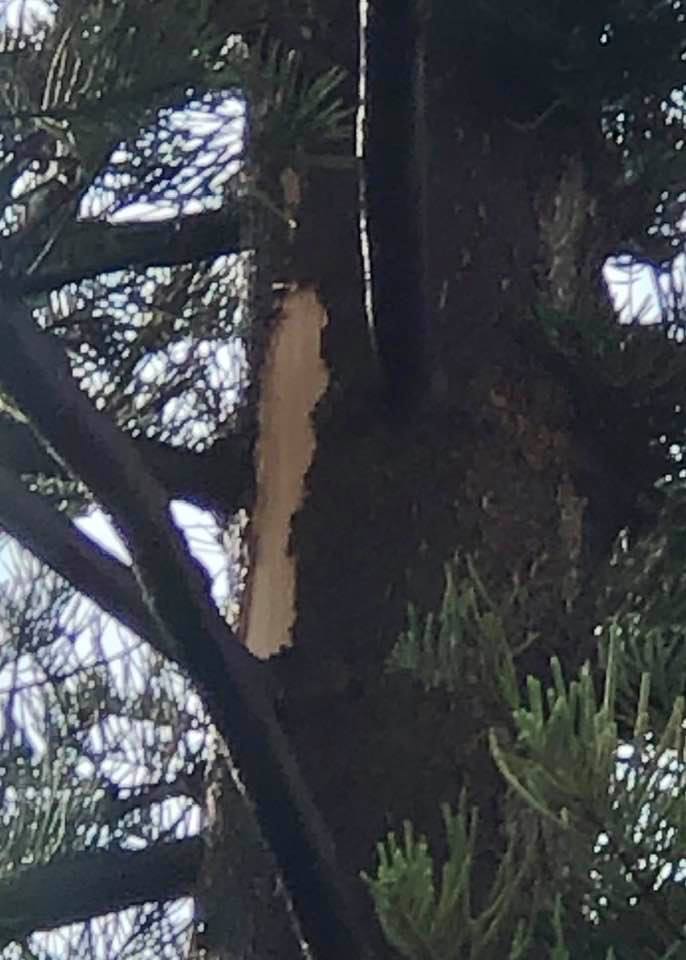
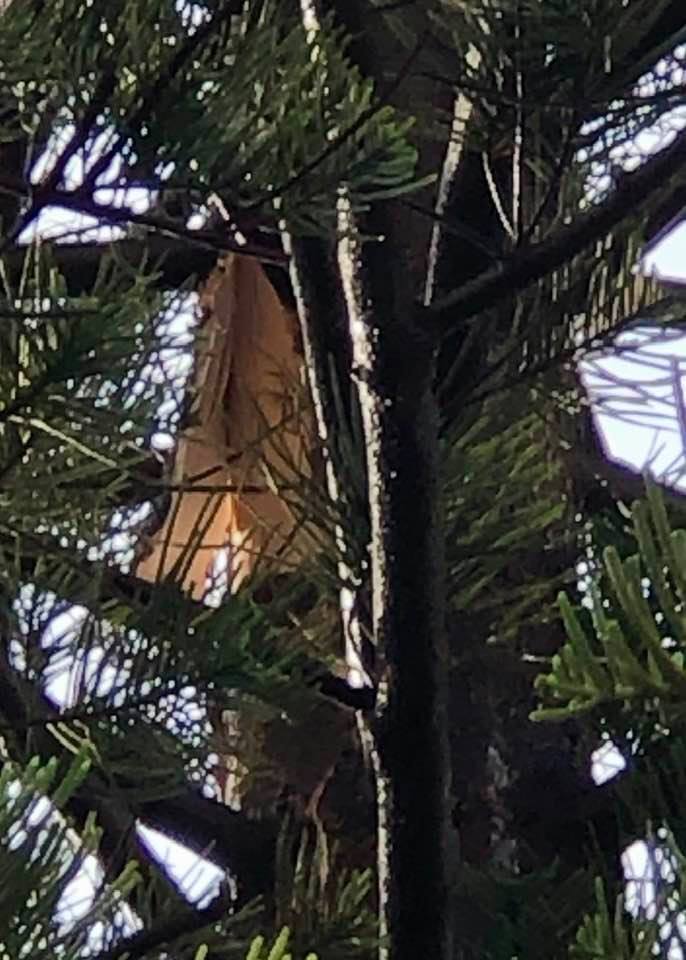
Tree hit by lightning at Palm Beach - near Pavilion, striped huge pieces of bark off. January 20, 2020 - photos by Adriaan van der Wallen
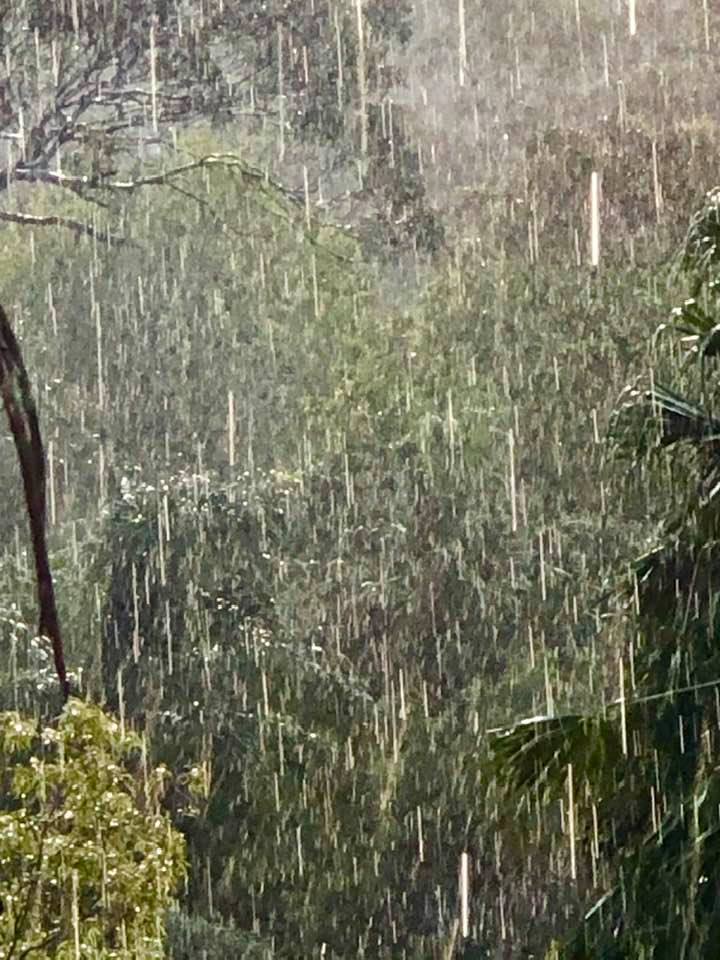
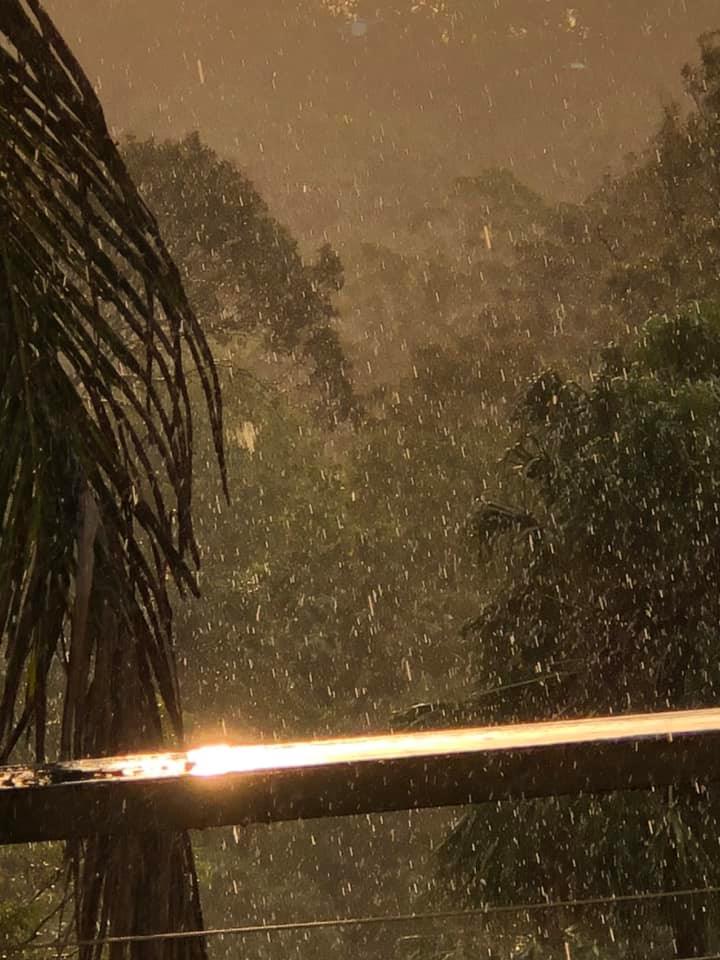
Sunshower through the valley - South Avalon Beach. January 20, 2020 - photos by Adriaan van der Wallen
Hail at Careel Bay. January 20, 2020 - A J Guesdon photo
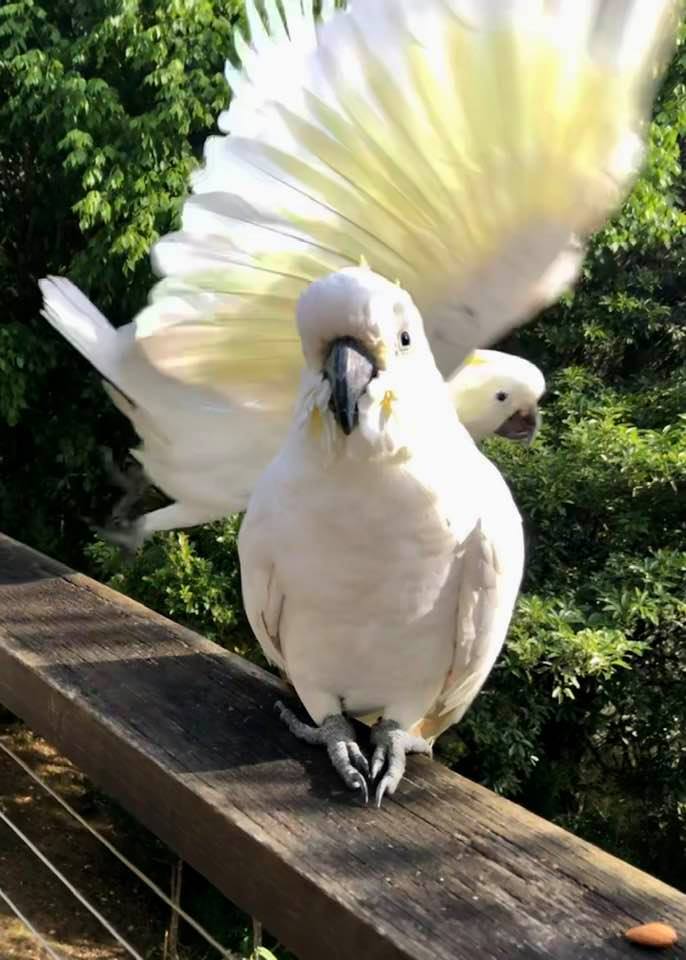
Nigel and friend. January 19, 2020 - photo by Adriaan van der Wallen
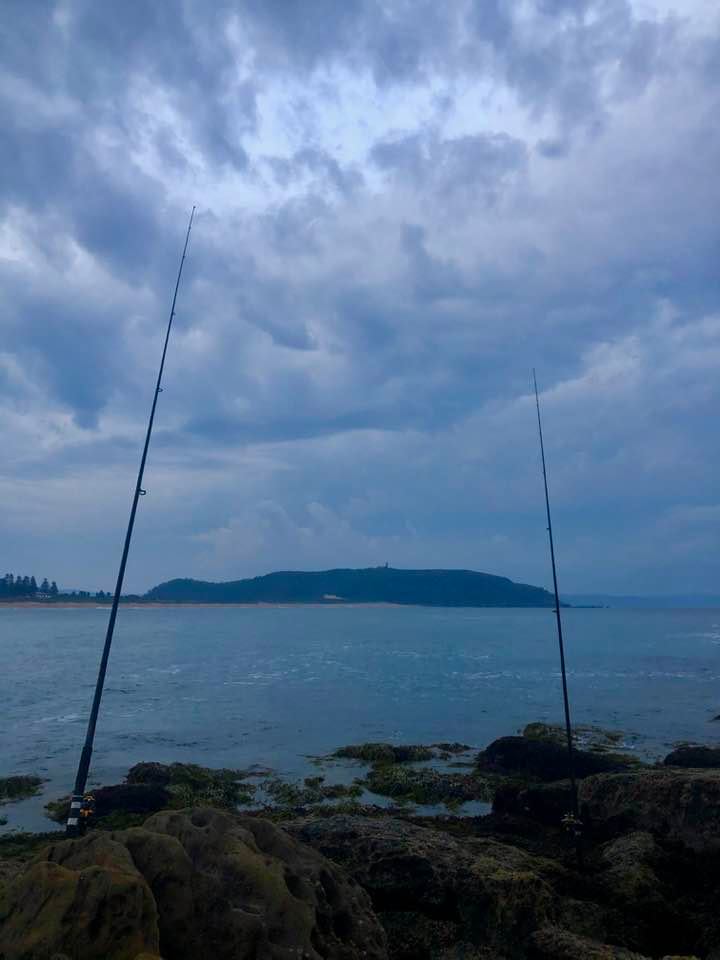
Waiting in the calm - January 16, 2020 - photo by Adriaan van der Wallen

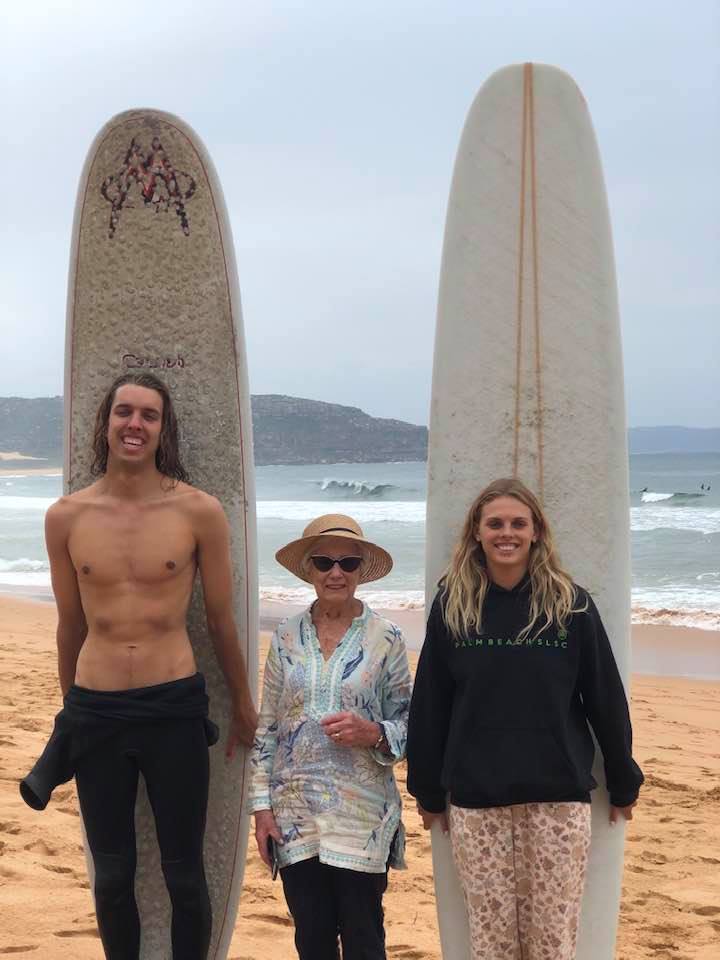
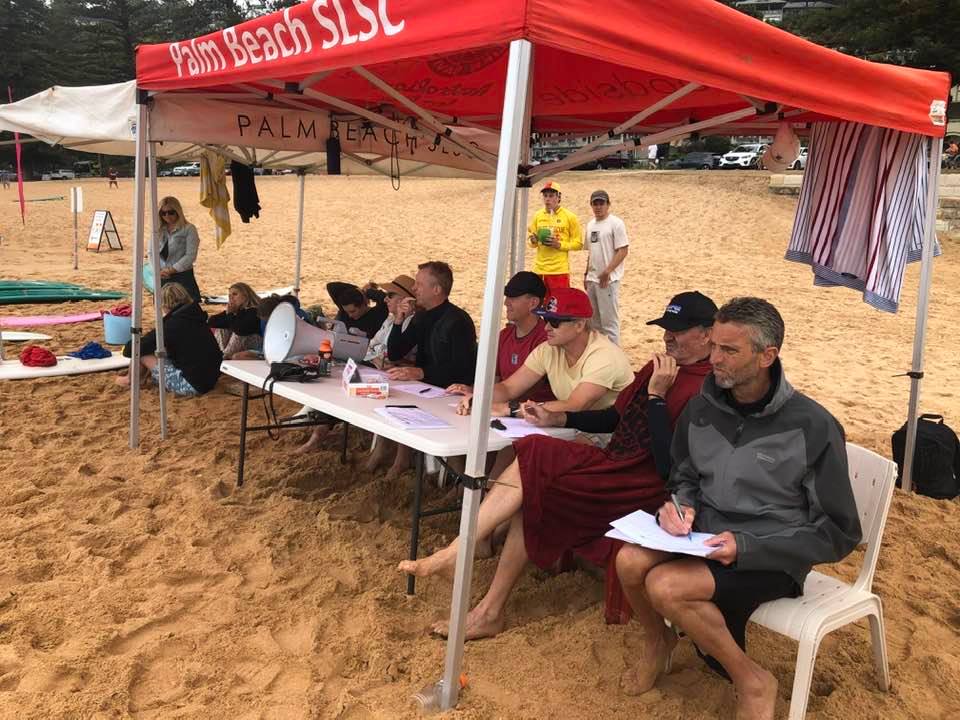
A great surf for the 2020 Ted Bawden Memorial - Palm Beach Surf Life Saving Club. Congratulations to all competitors.- January 11, 2020 - photos by Adriaan van der Wallen. Ted was a Palm Beach SLSC Member and great surfer. The club itself, much earlier, pressed for surfboards to be used as surf life saving equipment.
Robey Carter's Swim Squad & Iron Man At Palm Beach
Robey, along with father Johnny Carter, has been conducting swim classes at Palm Beach Rock Pool over the past weeks - a school holiday program that always gets the big splash of Summer fun spreading among youngsters.
Each year they hold an Ironman-Ironwoman Competition at the close of the their Swim season. Bernadette Kelly was at Palm Beach early on the morning of Wednesday, January 22nd and sent in these photos of Robey Carter’s Swim Squad and Ironman Comp with the children there.
Thanks Bernadette - great captures!
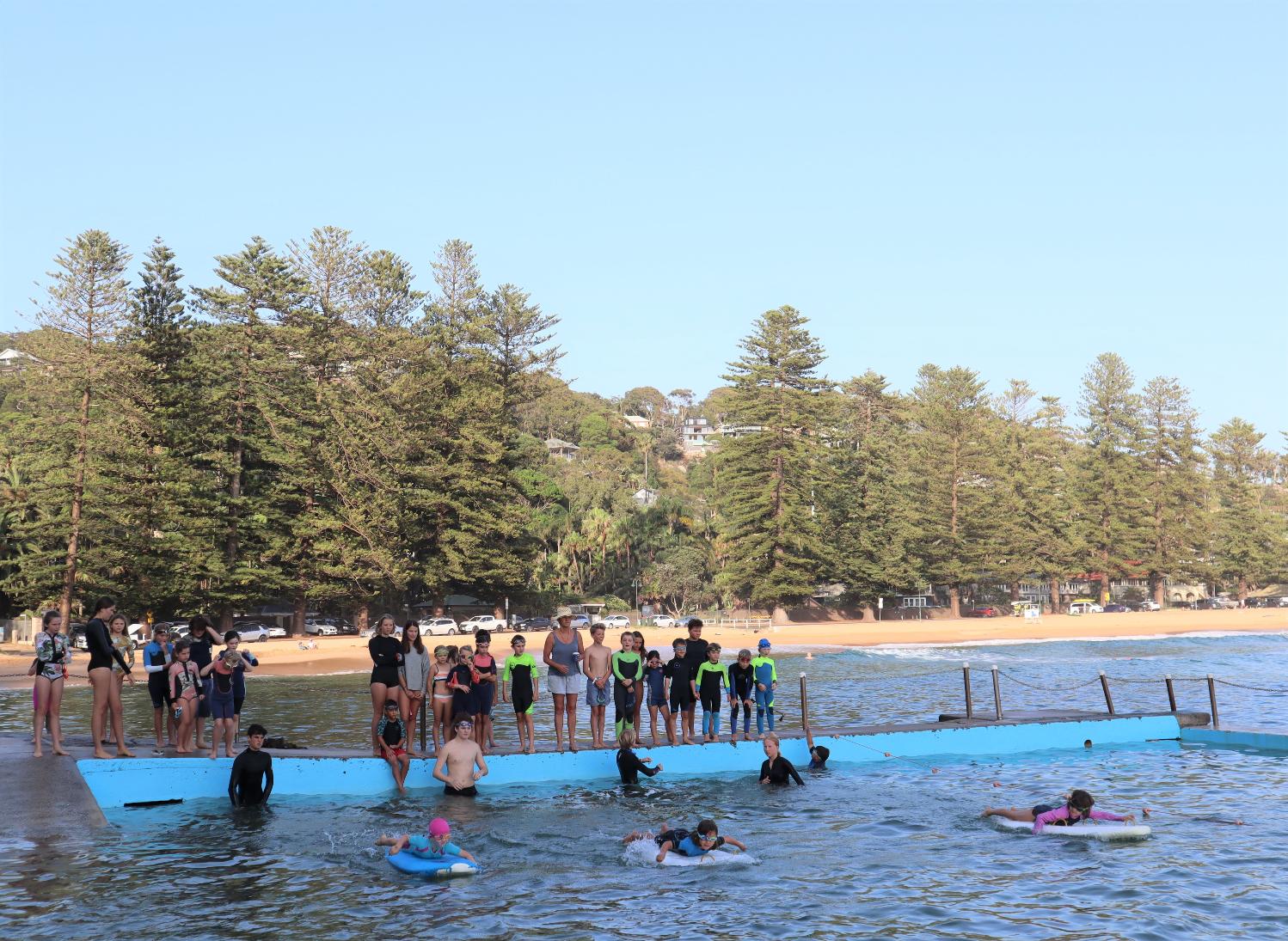
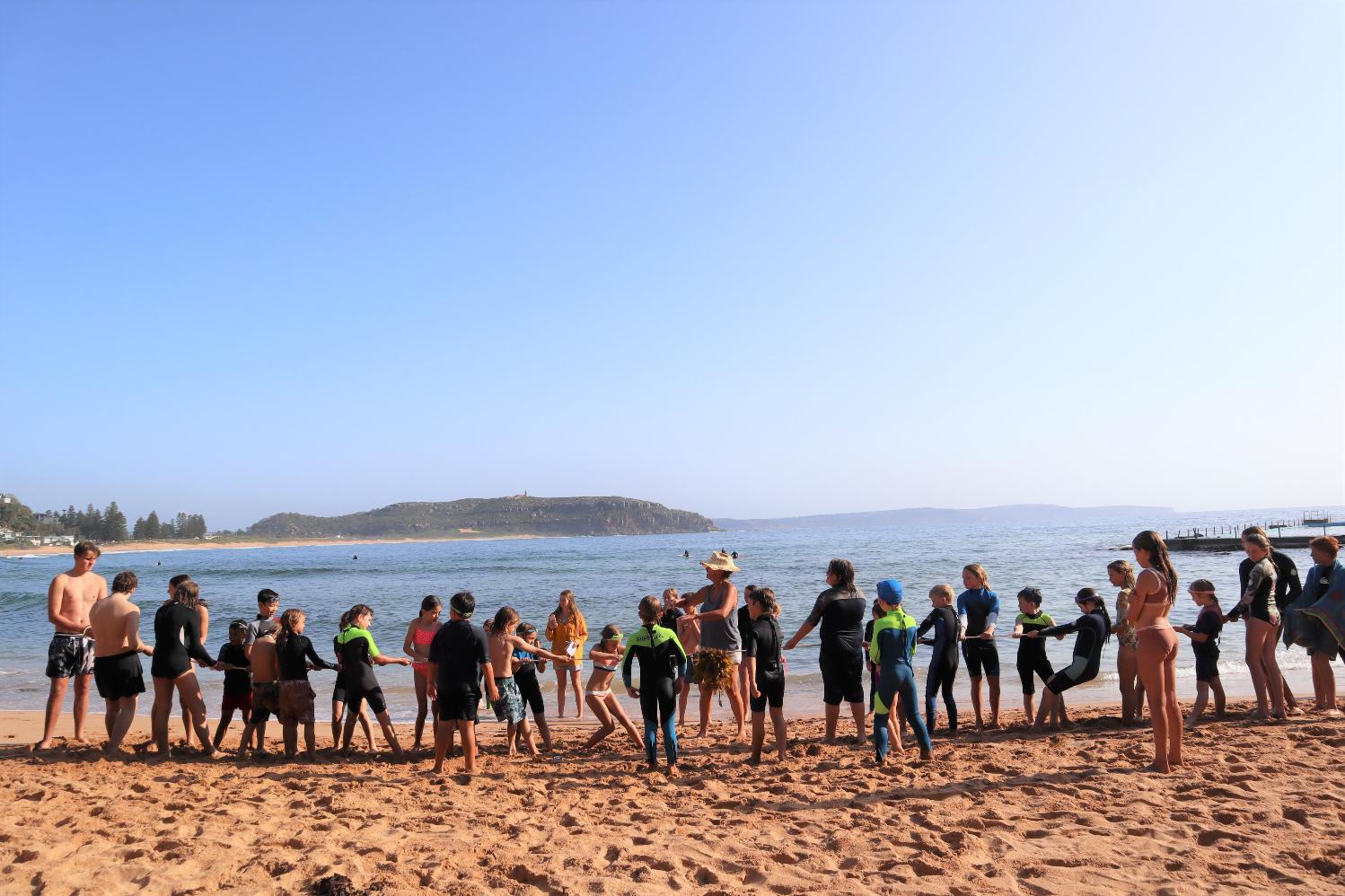
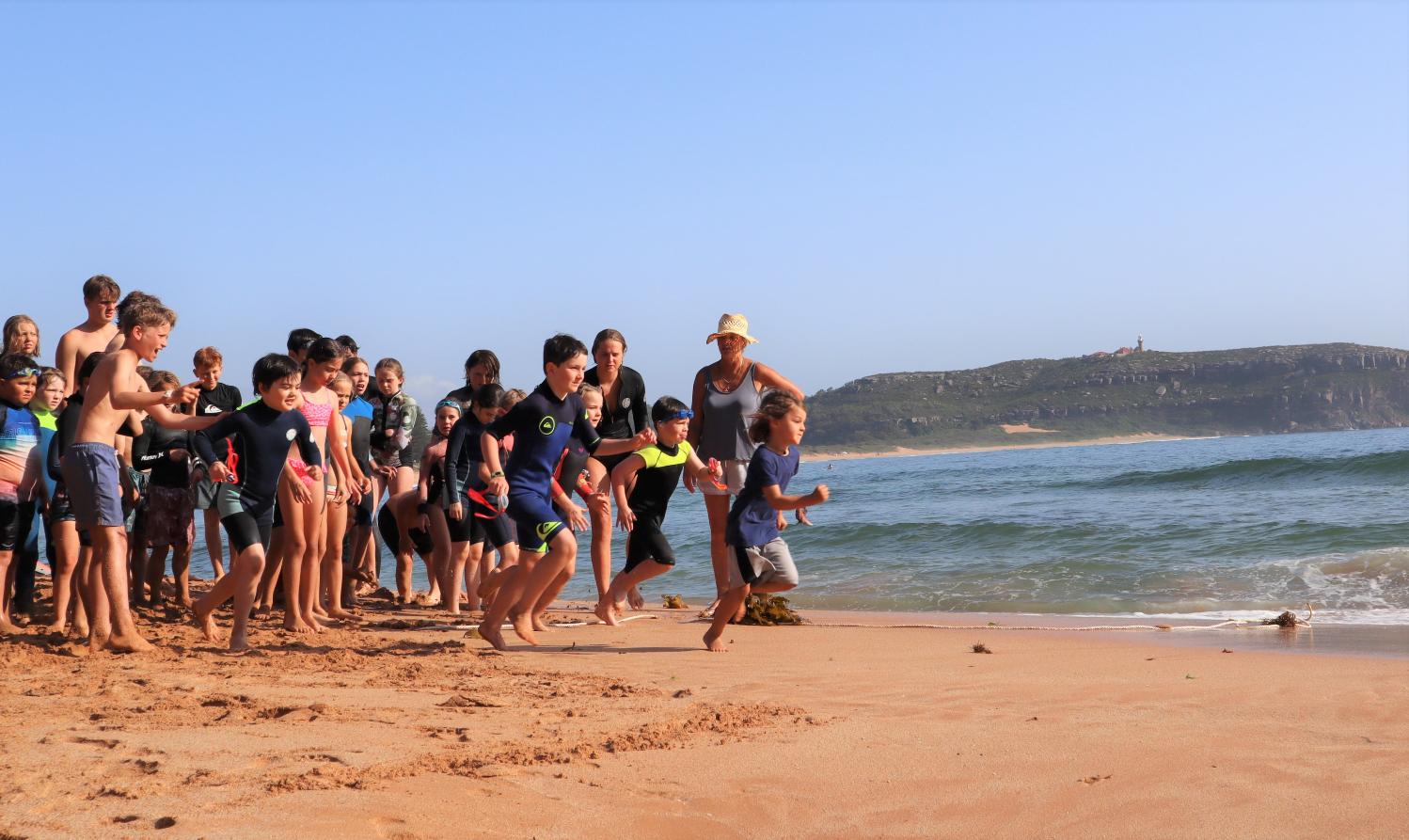
January 13, 2020- photos by Selena Griffith
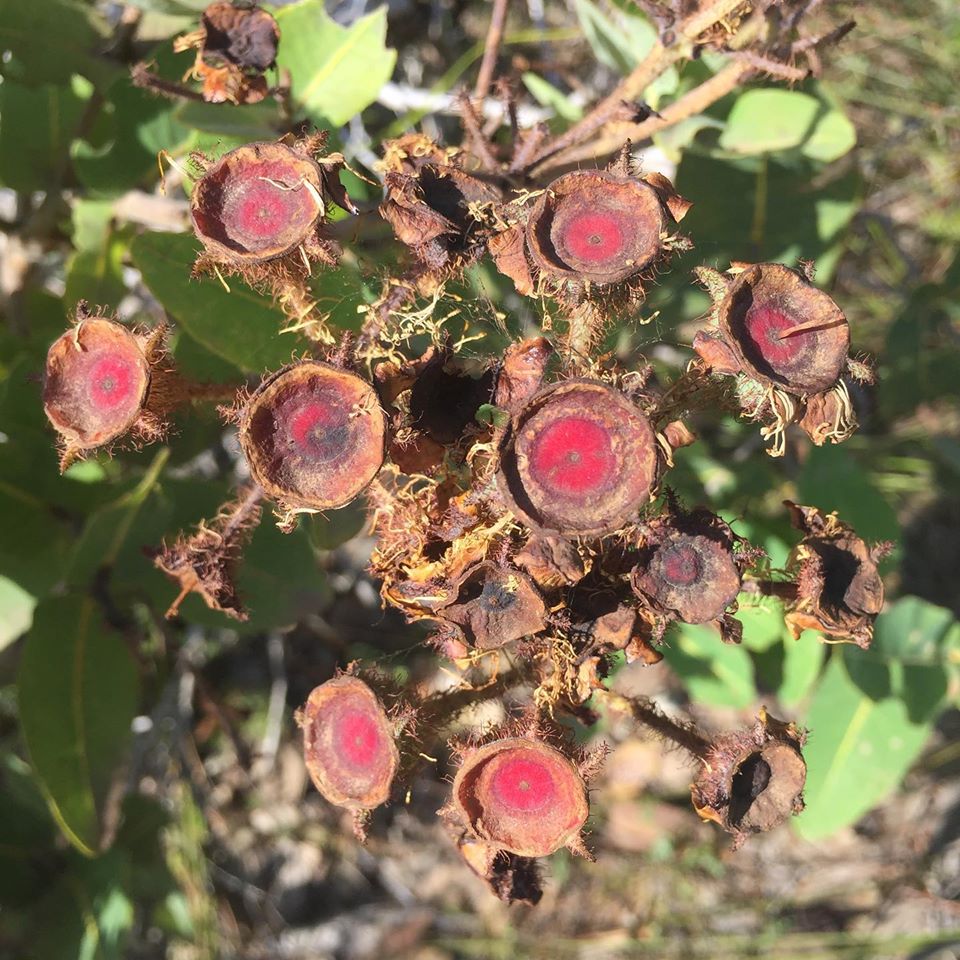
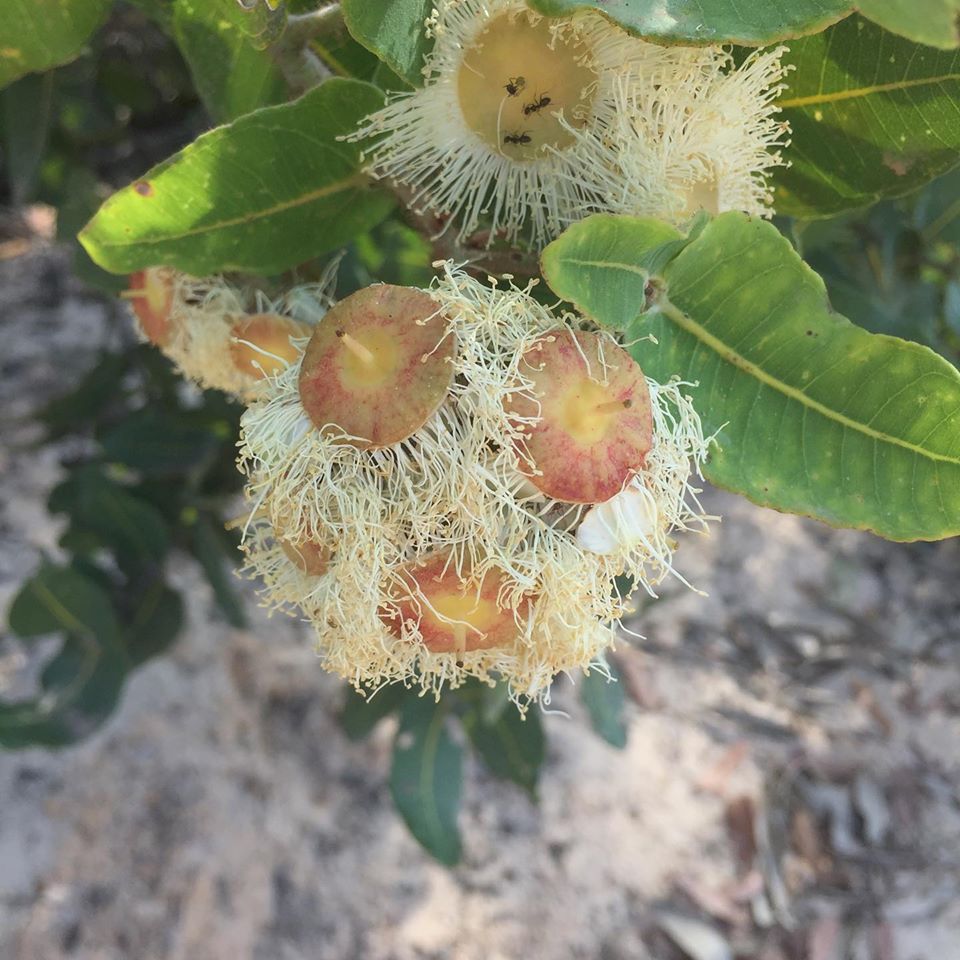
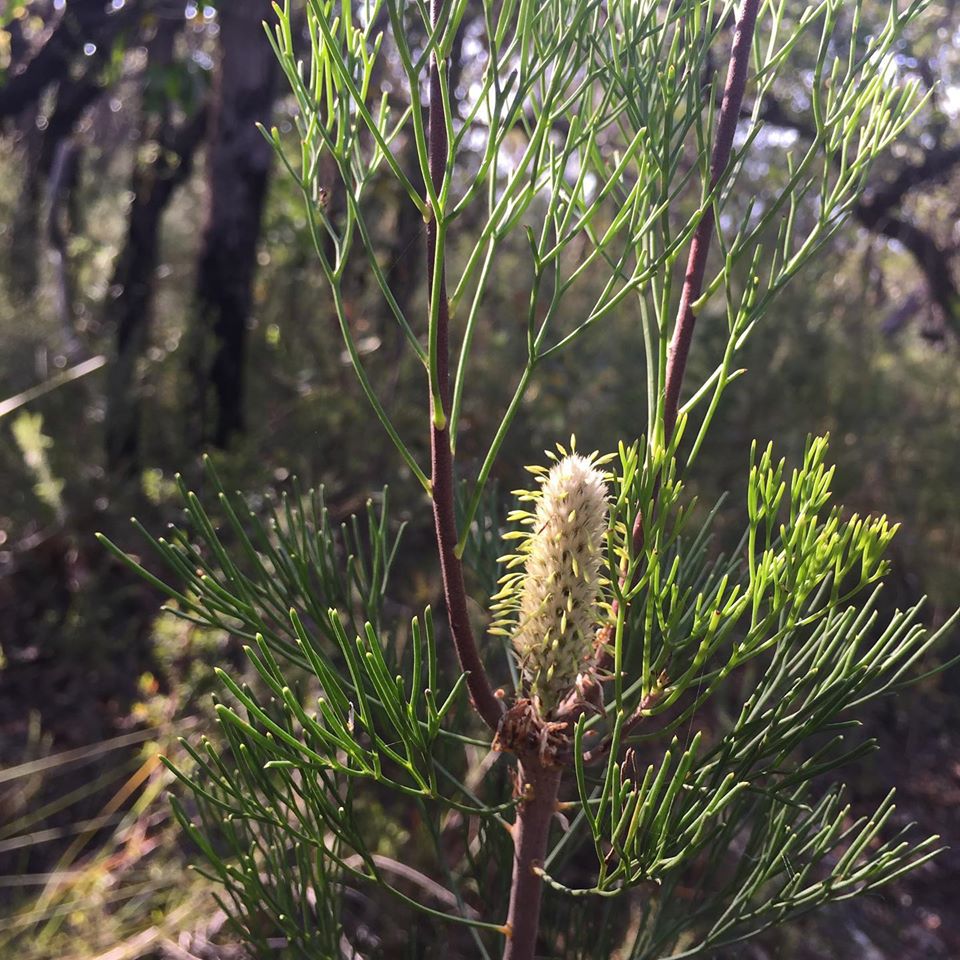
Pittwater Swim Series 2020
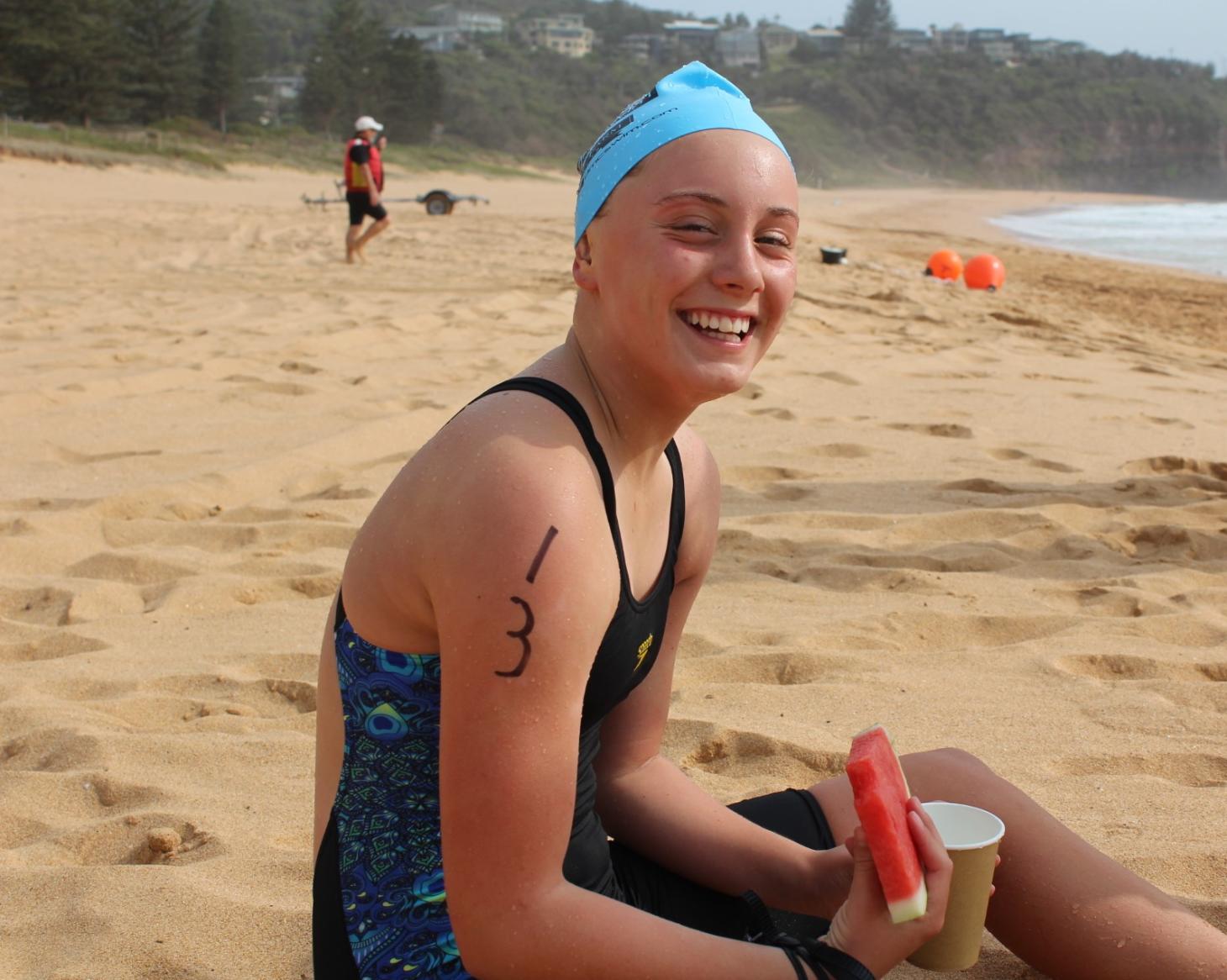
Krystal Elliott took part in Newport's Pool to Peak 400m swim finishing in 6 minutes, 20 seconds in the 10-12 years Age Division - A J Guesdon photo.
On the beach at Newport this year was the lovely Michelle Myers, one of the Pittwater Online Profiles coming up in 2020, who was bookshelved by two nice gentlemen visiting here from the good old US of A and doing their first Aussie Ocean Swim even though one was flying out home just after the swim. Michelle explained that she met Peter Crosby (from NYC) and Ken Parstenek (San Francisco) at the Modern Elder Academy in Mexico this time last year.
"The bonds we formed saw them come all the way to Australia to reconnect with me where we decided that the Newport Pool to Peak was a perfect Modern Elder experience to share together….So much fun!" Michelle explained this week. They certainly look like they're having fun.
These photos greeted Readers when they appeared on the Front Page for our first Issue for 2020 - a few more are added in below. With all the Patrol Members, Swim Safety crew on the beach and water - it was a pretty crowded morning on Newport Beach.
The Terrific Trio! - A J Guesdon photo